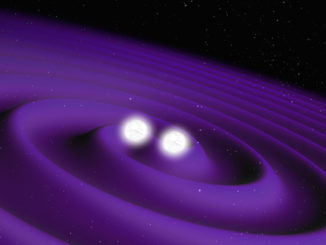
neutron stars


Experiment devoted to neutron star research installed on space station
A NASA instrument built to help astronomers learn about the structure and behaviour of neutron stars, super-dense stellar skeletons left behind by massive explosions, has been mounted to an observation post outside the International Space Station after delivery aboard a SpaceX supply ship earlier this month.
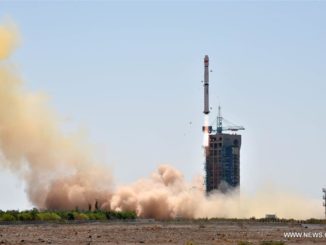

LIGO resumes search for gravitational waves
After a series of upgrades, the twin detectors of LIGO, the Laser Interferometer Gravitational-wave Observatory, have turned back on and resumed their search for ripples in the fabric of space and time known as gravitational waves. Now boasting a 25 percent improvement in sensitivity, LIGO recommenced science observations at 4pm GMT on 30 November.
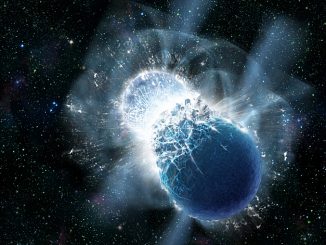
Fast radio bursts born in cosmic cataclysms
Fast radio bursts (FRBs) were first discovered in 2007, and in the years since radio astronomers have detected a few dozen of these events. Researchers have found that these mysterious “cosmic whistles” can release a billion times more energy in gamma-rays than they do in radio waves, rivalling supernovae in their explosive power.
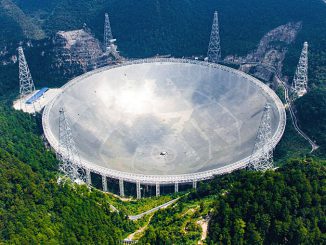
Australian technology runs world’s largest single-dish radio telescope in China
The world’s largest filled single-dish radio telescope launched at the weekend, and it relies on a piece of West Australian innovation. The 500-metre-wide telescope — known as FAST — uses a data system developed at the International Centre for Radio Astronomy in Perth and the European Southern Observatory to manage the huge amounts of data it generates.
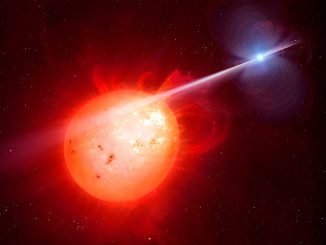
White dwarf lashes red dwarf with mystery ray
Astronomers have discovered a new type of exotic binary star. In the system AR Scorpii a rapidly spinning white dwarf star powers electrons up to almost the speed of light. These high energy particles release blasts of radiation that lash the companion red dwarf star, and cause the entire system to pulse dramatically every 1.97 minutes with radiation ranging from the ultraviolet to radio.
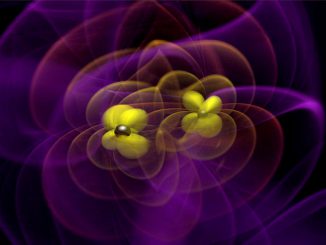
Gamma-ray space telescope poised to pin down gravitational wave sources
On 14 September 2015, gravitational waves produced by a pair of merging black holes gently rattled space-time in the vicinity of Earth. Less than half a second later, NASA’s Fermi Gamma-ray Space Telescope picked up a brief, weak burst of high-energy light consistent with the same part of the sky. Analysis of this burst suggests that the events are connected.
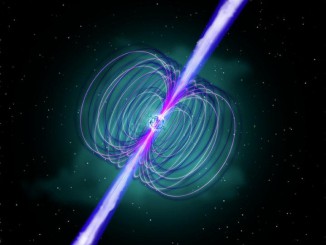
Magnetar could have boosted explosion of extremely bright supernova
Super-luminous supernovae (SLSNe) are a relatively new and rare class of stellar explosions, 10 to 100 times brighter than normal supernovae. According to a new model, researchers have found that highly magnetised, rapidly spinning neutron stars called magnetars could explain the energy source behind SLSNe.
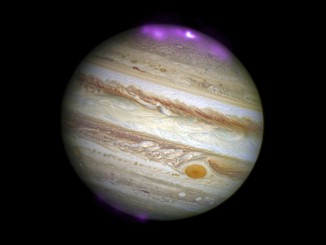
Solar storms ignite X-ray aurorae on Jupiter
Solar storms are triggering X-ray aurorae on Jupiter that are about eight times brighter than normal over a large area of the planet and hundreds of times more energetic than Earth’s “northern lights,” according to a new study using data from NASA’s Chandra X-ray Observatory when a giant solar storm arrived at the planet.
